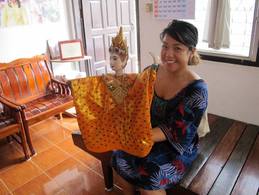
PUPPET HOME
Thailand is most known for its royal performance arts, but not many people know about the folk puppetry. On my visit to Nakhon Sawan, I had the unique opportunity to visit a couple who are working tirelessly to bring life back into a forgotten form. The Charoensilp Puppet company is led by Mrs. Yai Chum Chat Sobat. Their home in Nakhon Sawan, serves as the home for the puppets as well. With the help of my great friend Sonny, I was able to get an insider’s look into their large puppet collection.
THE FORM
The puppets themselves are quite simple. They are made from carved wood with paint. The head is propped up by one stick and the arms are controlled with by one stick each, more like a rod puppet. The stage is a short wall, where the puppeteers can stand behind. The movements consist of head turns, abrupt arm movements, and dancing from side to side. Like Kohn, the hands are very similar and it is more of a dance than story. The heads and arms are stored separately, and the clothing can be interchanged. It takes a bit of dress up to get the puppet ready for performance.
Thailand is most known for its royal performance arts, but not many people know about the folk puppetry. On my visit to Nakhon Sawan, I had the unique opportunity to visit a couple who are working tirelessly to bring life back into a forgotten form. The Charoensilp Puppet company is led by Mrs. Yai Chum Chat Sobat. Their home in Nakhon Sawan, serves as the home for the puppets as well. With the help of my great friend Sonny, I was able to get an insider’s look into their large puppet collection.
THE FORM
The puppets themselves are quite simple. They are made from carved wood with paint. The head is propped up by one stick and the arms are controlled with by one stick each, more like a rod puppet. The stage is a short wall, where the puppeteers can stand behind. The movements consist of head turns, abrupt arm movements, and dancing from side to side. Like Kohn, the hands are very similar and it is more of a dance than story. The heads and arms are stored separately, and the clothing can be interchanged. It takes a bit of dress up to get the puppet ready for performance.
The stories are pulled from the Ramayana. The scripts are set and have been passed down by generations. Here is an example of the text. Each performances as performers, musicians, and a live chorus. The performers are made up of local children from the local orphanage and she treats them like their her own children. They rehearse outside in the forest surrounded by trees, leaves, and flowers. She mentioned that they have to be careful with the sound, so as not to disturb the neighbors.
THE FUTURE
They expressed the stress of running this theater company. Is it making money? Will we book any gigs?Are the children even interested in pursuing this seriously? These are questions that we all worry about different points in our life. The couple are both retired, but they each had differing views. She seemed weighed down by the uncertain future, but the husband was very hopeful and energetic about growing and expanding their company. She mentioned that she may retire this company, if it continues to slow down. She and her husband remain passionate about their puppets, but unfortunately it is not shared by the larger Thai community. I felt lucky to have this intimate time getting to know them, and empathized with their struggles theater artist to theater artist.
They expressed the stress of running this theater company. Is it making money? Will we book any gigs?Are the children even interested in pursuing this seriously? These are questions that we all worry about different points in our life. The couple are both retired, but they each had differing views. She seemed weighed down by the uncertain future, but the husband was very hopeful and energetic about growing and expanding their company. She mentioned that she may retire this company, if it continues to slow down. She and her husband remain passionate about their puppets, but unfortunately it is not shared by the larger Thai community. I felt lucky to have this intimate time getting to know them, and empathized with their struggles theater artist to theater artist.
FYI...
To learn more about Choreonsilp Puppet Company and the see the company in performance, watch this news feature below!
To learn more about Choreonsilp Puppet Company and the see the company in performance, watch this news feature below!

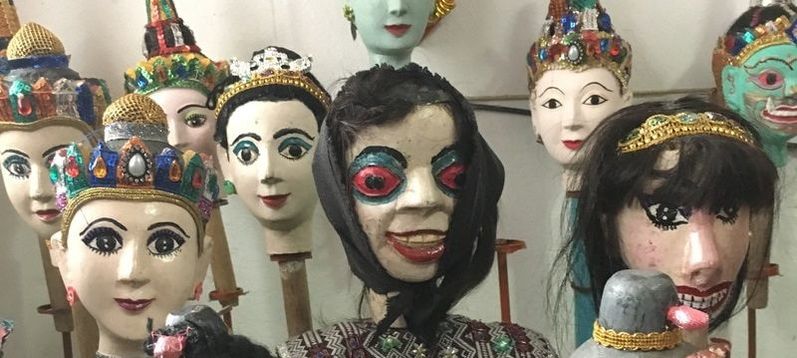

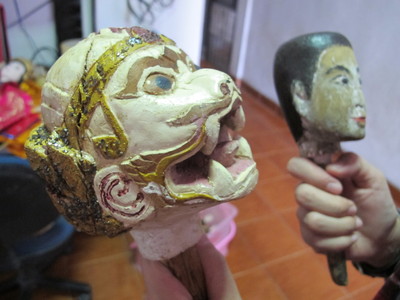
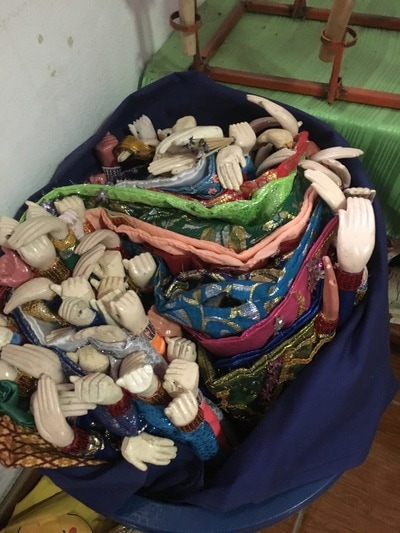
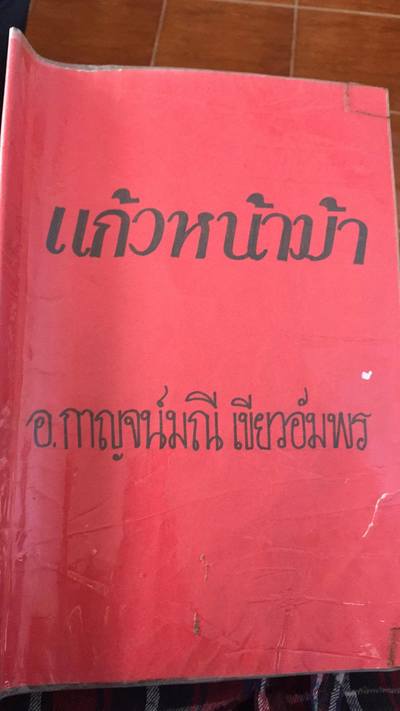
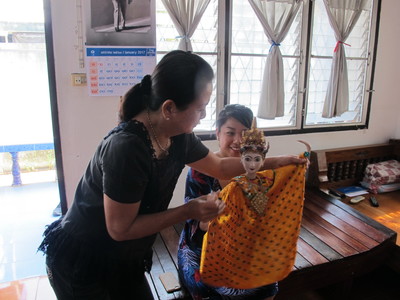
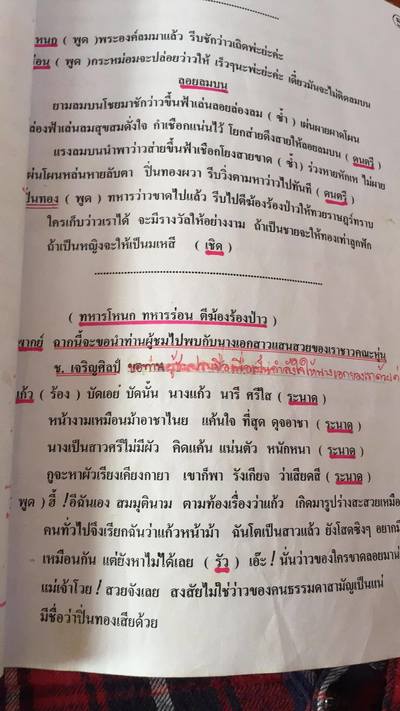
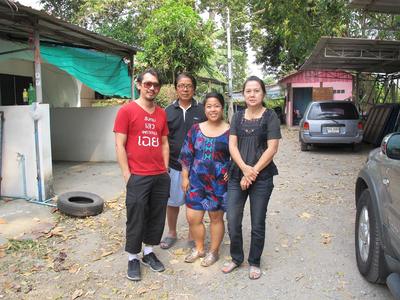
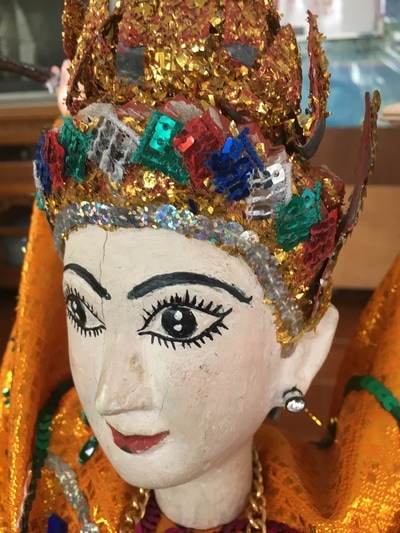
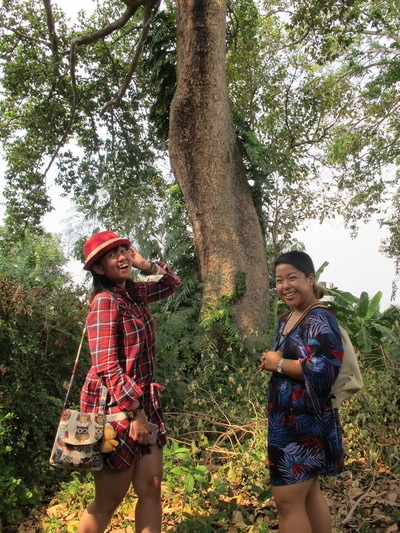
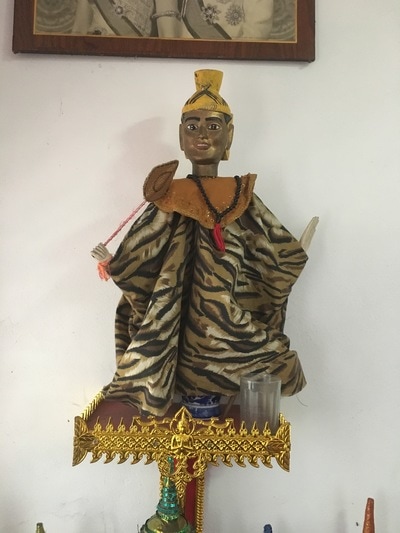
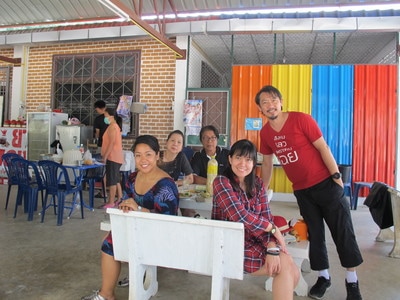
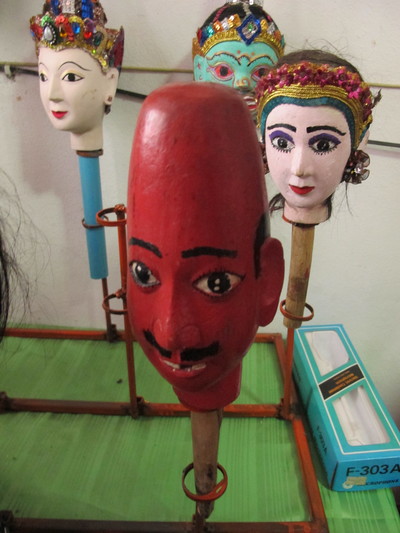

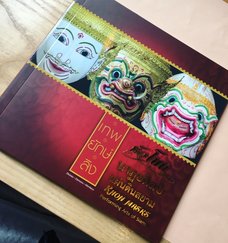
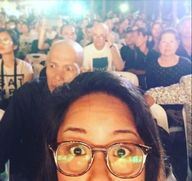
 RSS Feed
RSS Feed